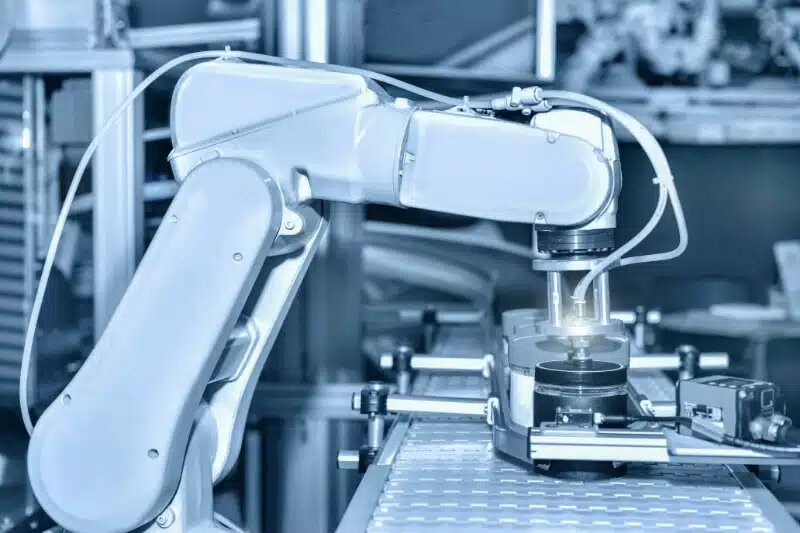Introduction
The assembly line systems, hallmark of industrial manufacturing, has undergone a significant transformation since its inception in the early 20th century. Originally a method to improve efficiency and production output, it has evolved into a complex system incorporating advanced automation and cutting-edge technology. This evolution has not only streamlined manufacturing processes but also dramatically altered the landscape of industrial labor and economic productivity.
The Birth of the Assembly Line
The Ford Model T: A Paradigm Shift
The assembly line’s origins are often attributed to Henry Ford and the production of the Model T car. Ford’s revolutionary idea – moving the product through a line of workers who each performed a specific task – significantly reduced production time and costs, making automobiles affordable to the masses. This marked a paradigm shift in manufacturing, setting a new standard for efficiency and mass production.
Impact on Industrial Manufacturing
The introduction of the assembly line revolutionized industrial manufacturing. It enabled factories to increase their output while reducing the time and labor required to produce each item. This efficiency gain was a critical factor in the economic boom of the early 20th century, contributing significantly to the industrial growth of nations.
Evolution and Advancements
Technological Integration
With the advent of computers and robotics, the assembly line began to evolve beyond its manual origins. Automation technologies allowed for more precision, consistency, and speed in production lines. Computer-Aided Design (CAD) and Computer-Aided Manufacturing (CAM) systems further streamlined the design and production process, enabling complex products to be assembled with high accuracy.
The Rise of Robotics
Robotic systems have become integral to modern assembly lines. These robots can perform a variety of tasks, from welding and painting to assembly and inspection. Their precision and efficiency have dramatically reduced the margin of error in production, leading to higher quality products.
The Impact of Automation
Increased Productivity and Quality
Automation has led to a significant increase in both productivity and product quality. Machines can work faster and with greater precision than humans, leading to an increase in the overall output and a decrease in defects and errors.
Changing Labor Dynamics
The rise of automation has also changed the nature of labor in manufacturing. While it has reduced the need for manual labor, it has increased the demand for skilled workers who can operate and maintain these sophisticated systems. This shift has led to a reevaluation of workforce skills and training methods in the manufacturing sector.
The Future of Assembly Lines
Smart Manufacturing and Industry 4.0
The future of assembly lines is closely tied to the concept of smart manufacturing and Industry 4.0. This involves the integration of advanced data analytics, the Internet of Things (IoT), and artificial intelligence (AI) to create highly efficient, automated production processes. These technologies enable real-time monitoring and adjustment of the production process, further enhancing efficiency and flexibility.
Sustainability and Ethical Considerations
As assembly line systems continue to evolve, there is a growing focus on sustainability and ethical manufacturing practices. This includes reducing waste, minimizing energy consumption, and ensuring fair labor practices. The integration of green technologies and ethical considerations into assembly line systems is becoming a priority for many manufacturers.
Conclusion
The evolution of assembly line systems from simple manual processes to complex automated and intelligent manufacturing systems represents a remarkable journey of technological advancement and economic transformation. As we look to the future, the continued integration of advanced technologies promises to further revolutionize the way we produce goods, emphasizing efficiency, quality, and sustainability. This evolution is not just a testament to human ingenuity but also a challenge to continuously adapt and innovate in the face of changing industrial landscapes.
